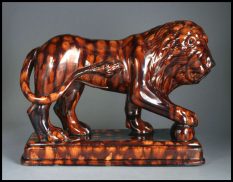About Paul Bohanna Antiques
For those of you who do not already know me, please allow me to introduce myself. My name is Paul Bohanna. I have been passionately involved with all things ceramic from an early age. The following is a brief summary of some of my background in antique ceramics (and a wee bit about my background as a studio art potter too).
I became involved with the archaeological scene in Bristol in the early 1980s when I was only 14 years old. I joined BAARG (formerly the Bristol and Avon Archaeological Research Group) based in the Bristol City Museum and Art Gallery, and soon became Associate Secretary on the committee (at age 15).
I discovered and conducted rescue excavations on several important sites in Bristol, including the kiln waste sites of the Bristol Pottery from various periods and many clay tobacco pipe waste sites. I excavated Anthony Amatt’s kiln at Crewes Hole, alongside the famous, but sadly late, John Smith (the then world expert on Mocha wares and a respected glass designer and artist,
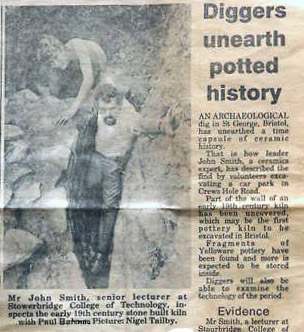
Having taken part in excavations on sites ranging from Roman to late Victorian, I’ve encountered a vast range of early British ceramics first hand (handling broken pots is one of the best ways to learn about ceramics). With invaluable experience working in the Bristol City Museum archaeology department.
I gave my first public talks within the Bristol Museum, as well as to several local history groups, about the Bristol Pottery (Pountney & Goldney etc.) as well as the clay pipes of Richard Ring, whilst still a teenager. I also illustrated and contributed site reports etc. for the paper: ‘The Ring Family of Bristol’, which was later re-published in Post-
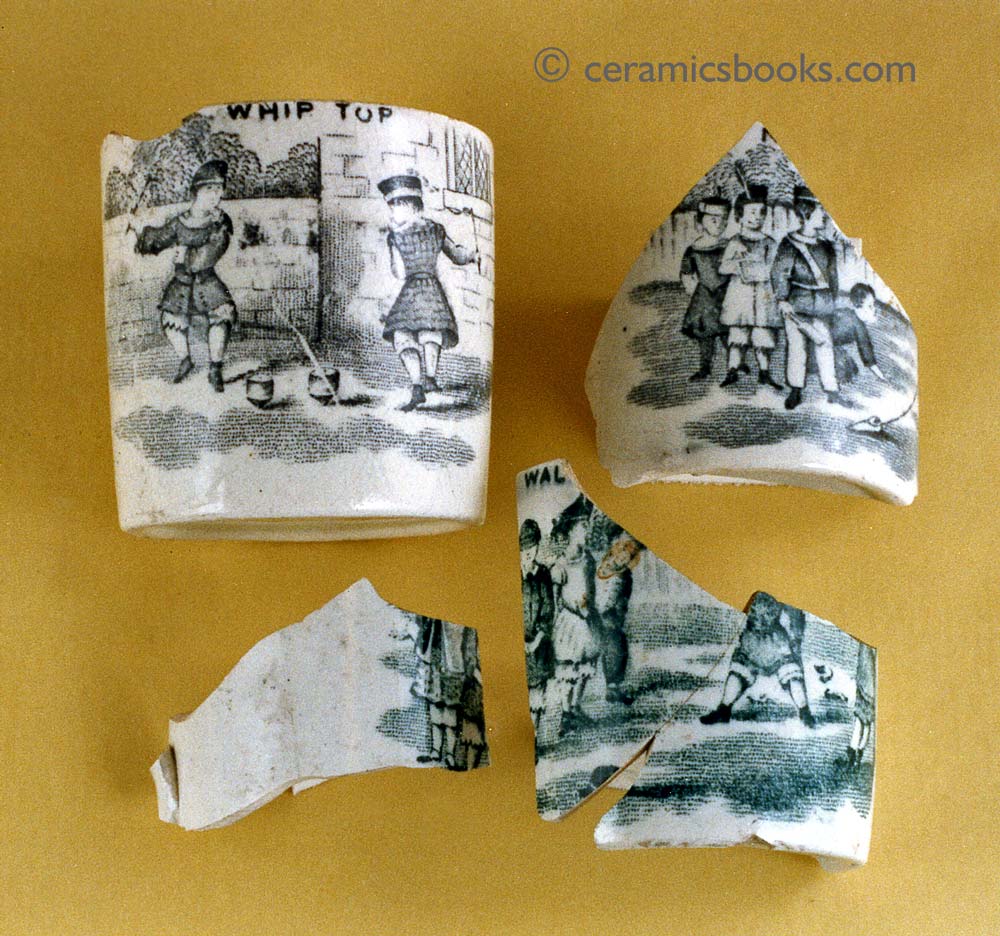
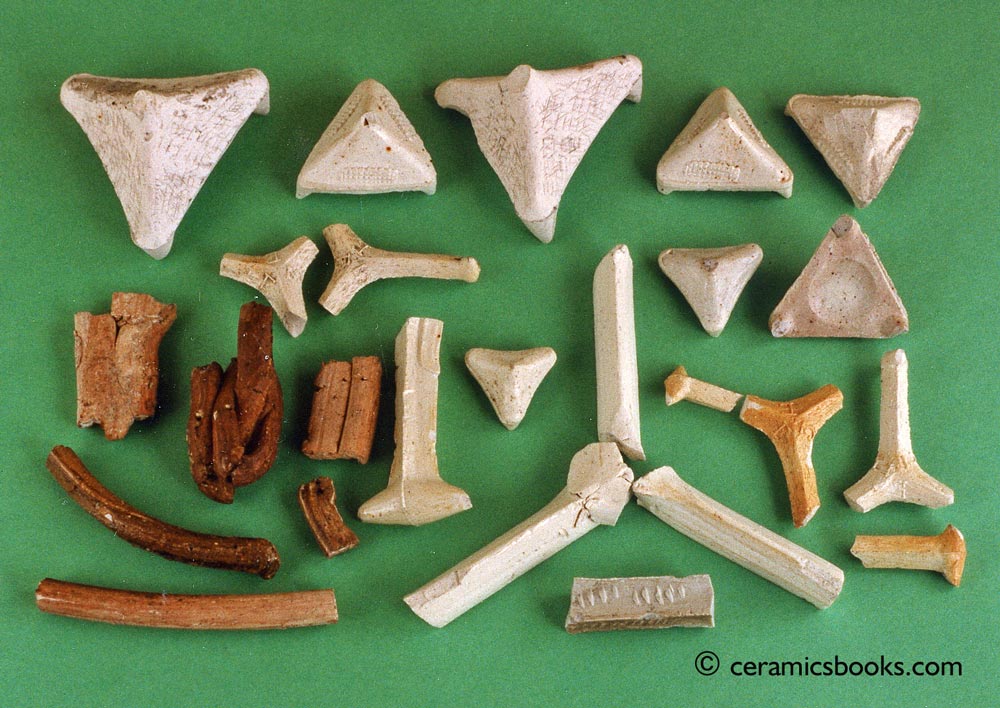
I learned to throw pots on a potter’s kick wheel whilst taking part in the Bickley Kiln Project (early 1980s) in which we built a C17th style updraught kiln using clay dug on site, and fired it with gathered wood. I went on to build many more pottery kilns, including wood fired updraft kilns and a gas-
I studied for my degree at Cheltenham as a mature student and attained a first class Bachelor of Science Combined Degree with Honours (BSc Hons 1.1) in Business Computer Systems combined with Visual Arts Ceramics, graduating in 2000. My studio ceramics have been exhibited and sold in art galleries and I now have a sister site for the promotion of my studio ceramics here.
Since as early as 1982 I have been collecting antique ceramics and researching many branches of ceramics history. I may even eventually get around to publishing some of the results (that is the aim at least). Over the years I have built up a large library of ceramics books (over 850 titles and growing, plus thousands of stock copies) as well as considerable collections of ceramics and (to a lesser extent) glass. It was therefore probably inevitable that eventually my collecting and research tipped over into becoming a specialist dealer in antique ceramics and ceramics books. As such, I have sold to authors, researchers, museums, collectors and other dealers around the world. Many items have subsequently been published or exhibited.
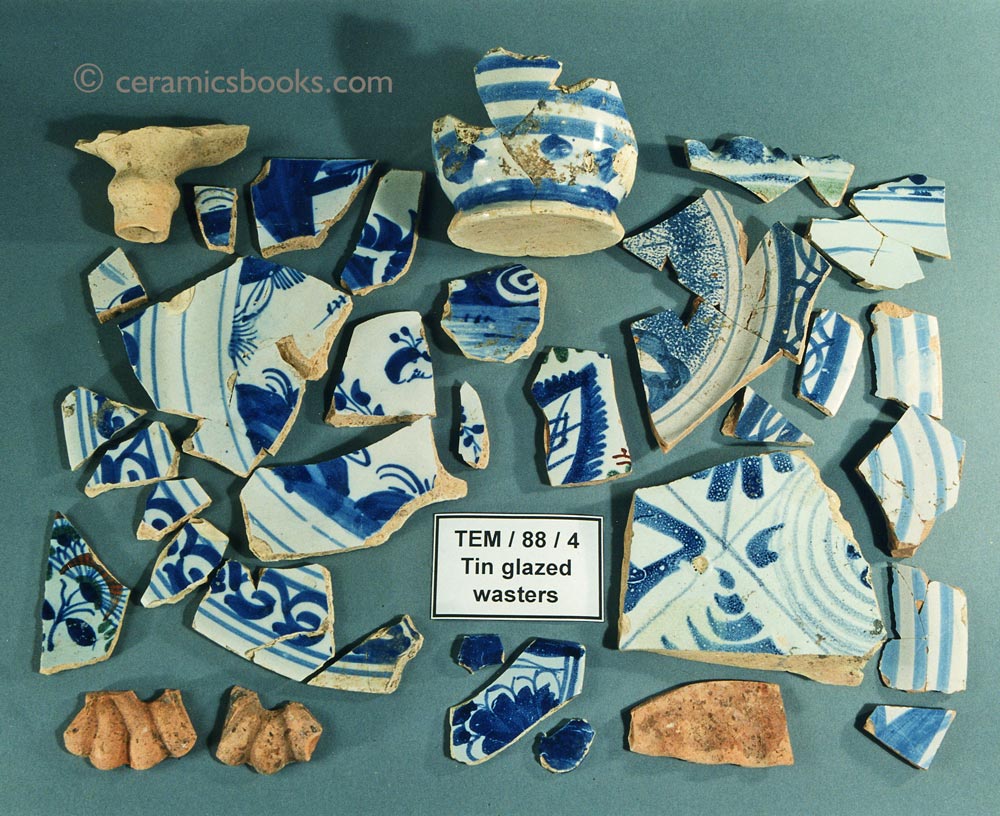
Ceramics is a learning journey, I am constantly looking to expand my knowledge and correct my misconceptions. It is of course impossible to know every branch of the ceramics tree, but I do like to have a peek down as many branches as possible. One of the best things about ceramics though, are the people you meet along the way, and I’m always keen to make the acquaintance of more crazy pot people. So I do hope you find the site interesting and invite you to get in touch if you would like to discuss something of interest or even just to say hello.
Paul Bohanna
